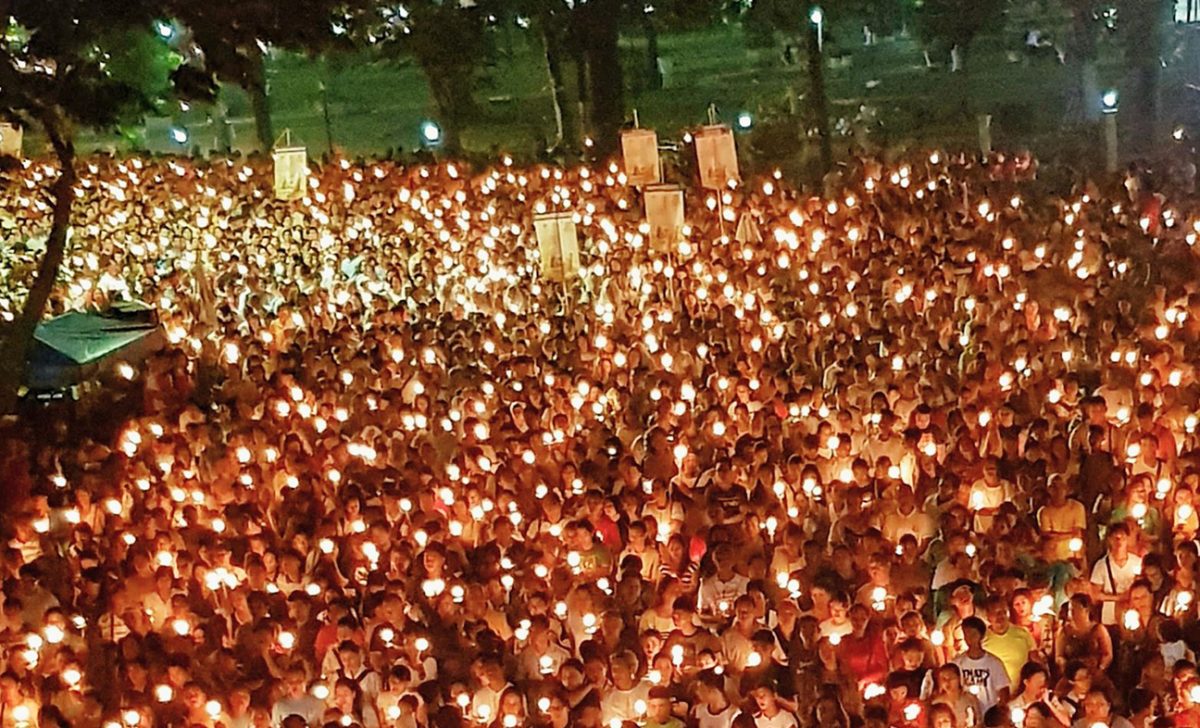Easter is a global celebration with many different customs shaped by local culture, climate, and traditions.
While Christians everywhere recognize it as the resurrection of Jesus, the way people celebrate can vary significantly from one place to another.
In some regions, Easter is a quiet time when people focus on attending church, spending time with family, and engaging in personal reflection through prayer. In other areas, Easter is a lively event filled with color, music, and food. These celebrations often last several days and involve entire neighborhoods or towns.
Common symbols during Easter include eggs, flowers, lambs, and rabbits, which represent new life and fresh beginnings.
In Europe and North America, egg hunts and decorating are very popular. Children wake up to baskets of chocolates, candies, and small gifts, and gardens and parks fill with pastel-colored eggs hidden in trees and bushes.
In Australia, the Easter Bilby, a native marsupial, replaces the bunny, raising awareness for endangered animals and promoting conservation through Easter merchandise. Elsewhere, Easter traditions can be more dramatic.
In the Philippines, towns perform detailed reenactments of the Easter story that draw large crowds and mix faith with community storytelling.
People in some places light bonfires to signify winter’s end, decorate trees with eggs, or join in candlelit processions into the night. Streets come alive with music, drumming, and the aromas of traditional cuisine.
Food is central to Easter celebrations, with families gathering to enjoy meals that reflect their cultural heritage, which might include sweet breads, roasted meats, spiced cakes, or simple dishes prepared after fasting.
Despite the variety in customs, Easter has a central theme of bringing people together. Around the world, the holiday brings renewal, reflection, and hope as well as excitement, joy, and celebration.




